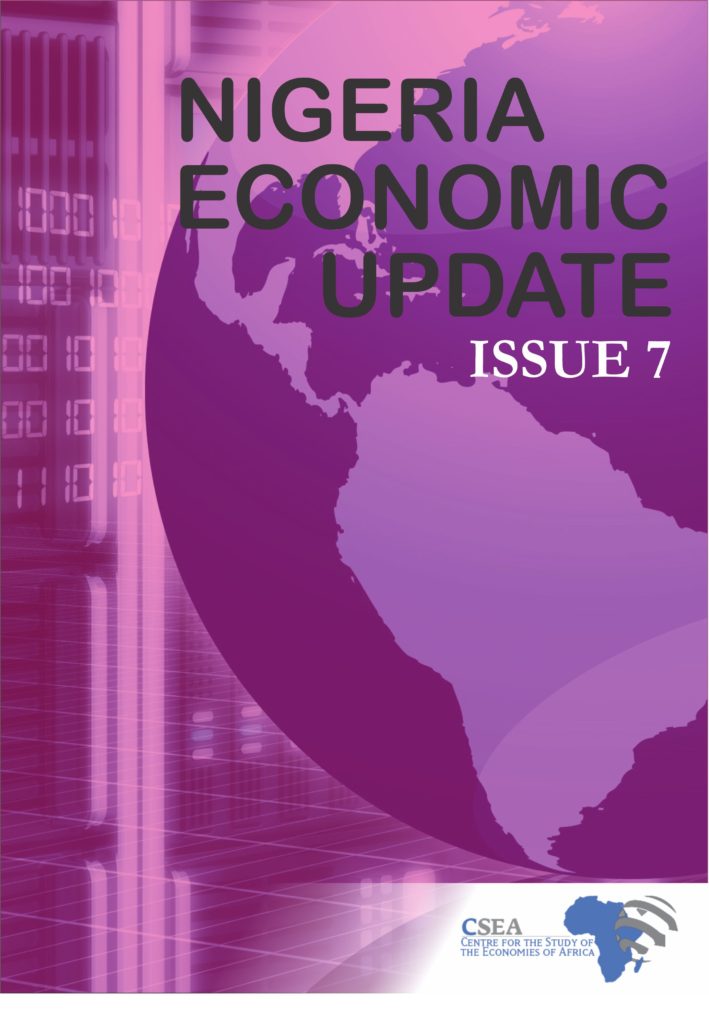Month-on-Month analysis of food prices show that average prices of selected food items
reduced from December 2017 to January 2018. Precisely, total average month-on-month price
decreased from 2.48 percent to 1.19 percent, with reductions in unit prices of items such as
eggs, chicken, beef, rice, fish, and palm oil among others. Food prices which remains largely
volatile in the short term, may have reduced in the review period due to a slight fall in consumer
demand following the end of the festive period. Looking forward, the decline in food prices may
be short-lived in the absence of yield-enhancing investments that can sustain food
production/supply. Hence, the government should promote policies that alleviate the credit constraints to yield-enhancing investment in the private sector.
Macroeconomic Report & Economic Updates

March 10, 2018
Nigeria Economic Update (Issue 7)
Month-on-Month analysis of food prices show that average prices of selected food items reduced from December 2017 to January 2018. Precisely, total average month-on-month price decreased from 2.48 percent to 1.19 percent, with reductions in unit prices of items such as eggs, chicken, beef, rice, fish, and palm oil among others. Food prices which remains […]
Read →
Related
Capital Importation And Budgetary Allocation
Capital Importation: Foreign investment into the agricultural sector was relatively flat between 2007 and 2012 but gained unusual momentum in September 2015. The spike in 2015 is likely driven by the
Institutions And Sustainable Industrial-led Development In Sub-Saharan Africa
In 2015, economic growth in Sub-Saharan Africa
(SSA) slowed to 3.4 percent from 4.6 percent the previous year. The economic
slowdown in the region was the result of an interplay of several external and
domestic factors such as lower commodity prices, slowdown in the economies of
major trading partners, tightening borrowing conditions, political instability
and conflict, electricity shortages and other infrastructure deficiencies (World Bank, 2016). This sluggish
growth trends is in contrast to the impressive growth recorded in the region,
over the past decade.
